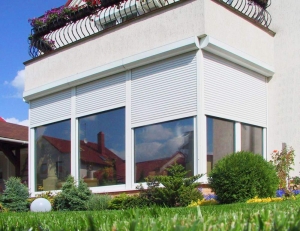Arabica sits on countless bags as a badge of honor. Coffee lovers treat a 100 percent Arabica label like a shortcut to quality, and roasters use it to signal a premium experience.
The truth carries a little more nuance, though. Arabica often tastes sweeter and more layered than other species, but a label alone cannot guarantee excellence. We’re breaking down what truly matters so that every cup supports a more positive, intentional way to enjoy coffee. Uncover the truth about 100 percent Arabica coffee beans.
Arabica vs. Robusta: What Really Sets Them Apart
Arabica typically offers a softer, more complex flavor profile with notes that range from floral and citrus to chocolate and caramel. Robusta tends to taste stronger and earthier, with more bitterness. Arabica also carries less caffeine—about 1.2 percent on average—while Robusta averages around 2.2 percent.
The differences here greatly influence taste and mouthfeel, since caffeine contributes bitterness. Arabica grows best at higher elevations with cooler temperatures, which slows cherry development and concentrates sugars; Robusta thrives at lower altitudes and resists pests better. These variances explain Arabica’s reputation for finesse and Robusta’s role in bold blends and crema-heavy espresso.
Debunking the Myth: 100% Arabica Doesn’t Guarantee Quality
A bag can say “100 percent Arabica” and still disappoint. Species sets potential; it does not dictate results. Poor farming practices, low-altitude growing, rushed processing, or stale beans erase Arabica’s natural advantages. Commodity-grade Arabica exists, and it often tastes flat.
Specialty-grade Arabica meets stricter standards, including defect counts and moisture levels, and these benchmarks often correlate with better flavor. The Specialty Coffee Association uses a 100-point cupping scale; coffees scoring 80+ earn “specialty” status. That quality level depends on care across the entire chain, not a single label.
What Actually Drives Arabica Quality
Altitude matters—read that twice. Beans grown at 1,200 to 2,000 meters often develop higher acidity, cleaner sweetness, and more distinct flavor notes. Processing shapes the cup as well. Washed coffees highlight clarity and brightness; natural-processed coffees emphasize fruit and body; honey process lands somewhere in between.
Roasting completes the story. A well-executed light to medium roast preserves origin character, while an over-roasted profile might mask defects or mute nuance. Of course, do not ignore freshness. Whole beans maintain flavor longer than pre-ground, and a sweet spot often sits within two to four weeks after roast for peak aromatics when stored in an airtight, cool place.
Choose Arabica Beans That Delivers Each Sip
Shoppers who want real quality look beyond the front label. Transparent bags list origin, region, farm or cooperative, altitude, and processing method. Roast dates beat best-by dates every time. Certifications, such as Fairtrade, Organic, or Rainforest Alliance, add signals about ethics and standards, though they do not replace direct quality assessment.
To truly identify high-quality coffee beans before buying them, check uniform bean size, minimal defects, and a pleasant, clean aroma when possible. Glossy, oily surfaces on a medium roast indicate age or over-roast. Grind a small sample if the shop allows; a fresh grind should smell vibrant and specific, not dull or ashy.
Arabica coffee beans offer remarkable potential, but true quality comes from elevation, processing, roasting, and freshness. A thoughtful purchase rewards the palate and supports people who bring exceptional coffee to life. Start with roasters who share full details, choose a roast level that matches your brewing style, and buy in amounts that stay fresh. Did the truth about 100 percent Arabica beans inspire you to make the most of each morning sip?






